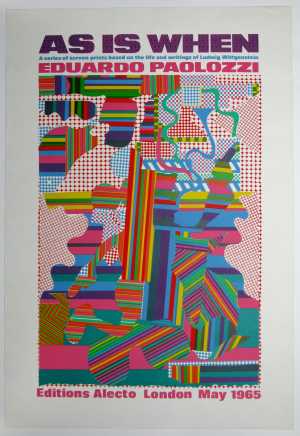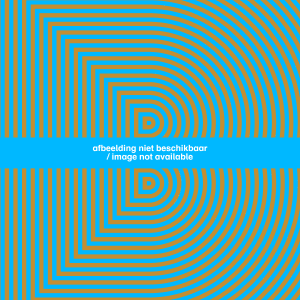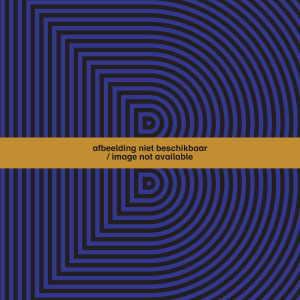Eduardo Paolozzi is known for his sculptures, films, screen prints and textile designs, all of which utilise the collage technique. From his childhood, Paolozzi collected science fiction magazines, abandoned toys and other found objects. These formed the basis for a lifelong fascination with the recycling of objects and images in his art.
Paolozzi graduated from the Slade School of Fine Art in 1947 and had his first solo exhibition in the same year. The exhibition was such a financial success that Paolozzi was able to move to Paris, where he explored the arts scene, visiting the studios of Jean Dubuffet and Hans Arp, among others. He was most strongly influenced by the Dadaists and Surrealists, who created unexpected, surprising and shocking combinations of images. Their art was a representation not of reality but of the imaginative power of the subconscious mind.
Paolozzi’s collages continue this tradition. In his collaged screen prints, he incorporated images from popular culture, culled from American comics, magazines and advertising. In this respect, Paolozzi is seen as a pioneer of Pop art.

Eduardo Paolozzi
Edinburgh 1924 - Londen 2005










